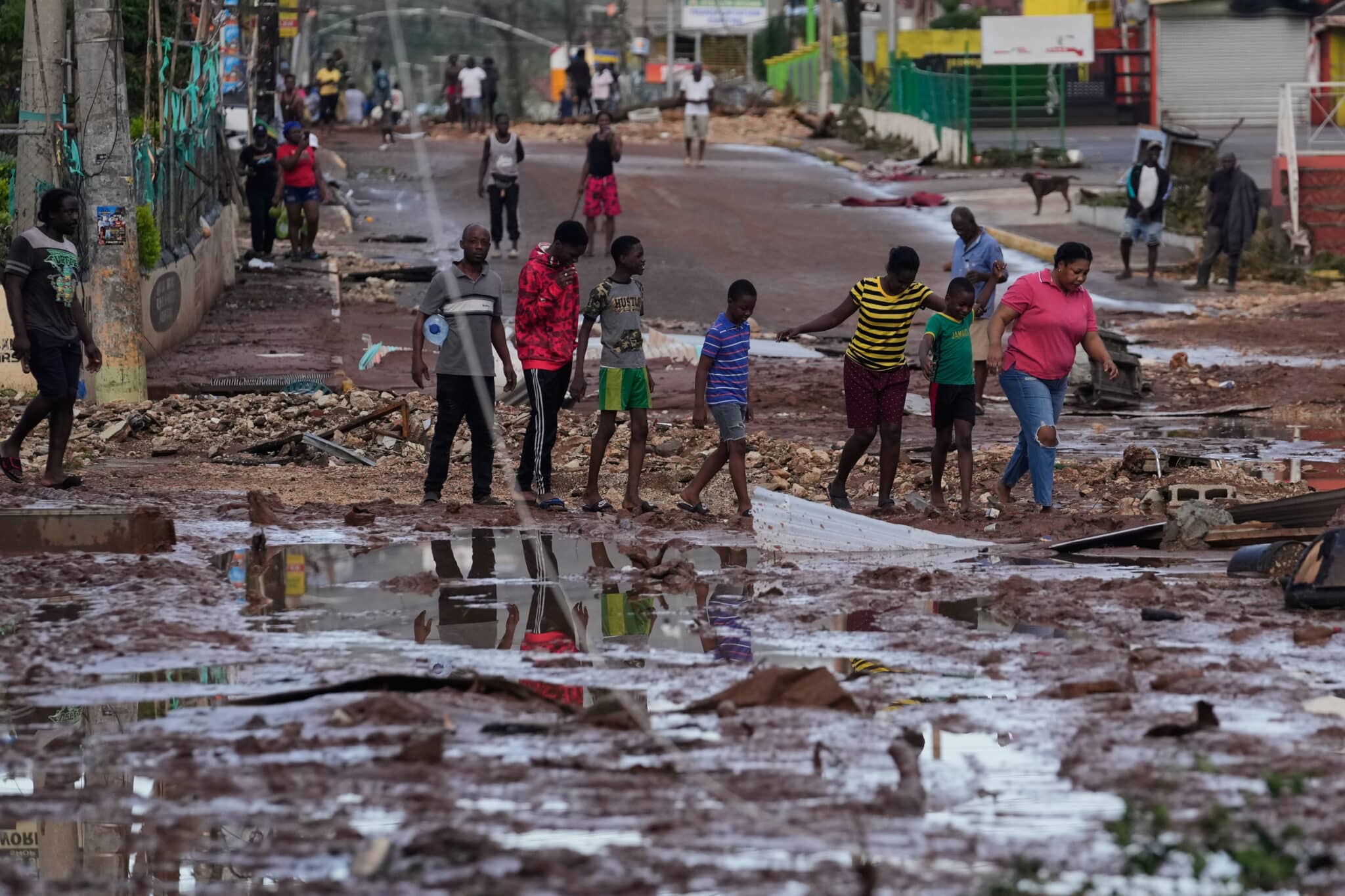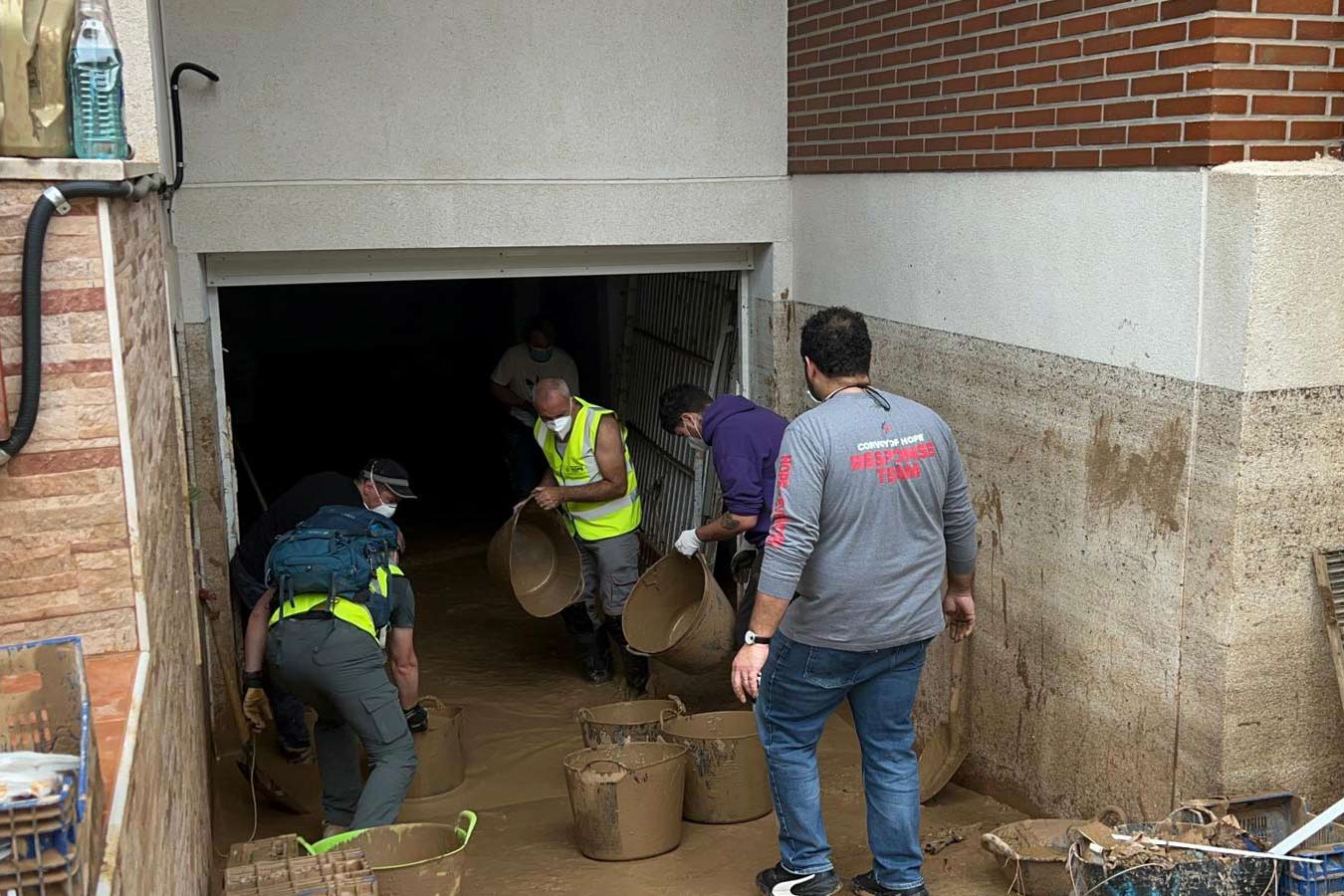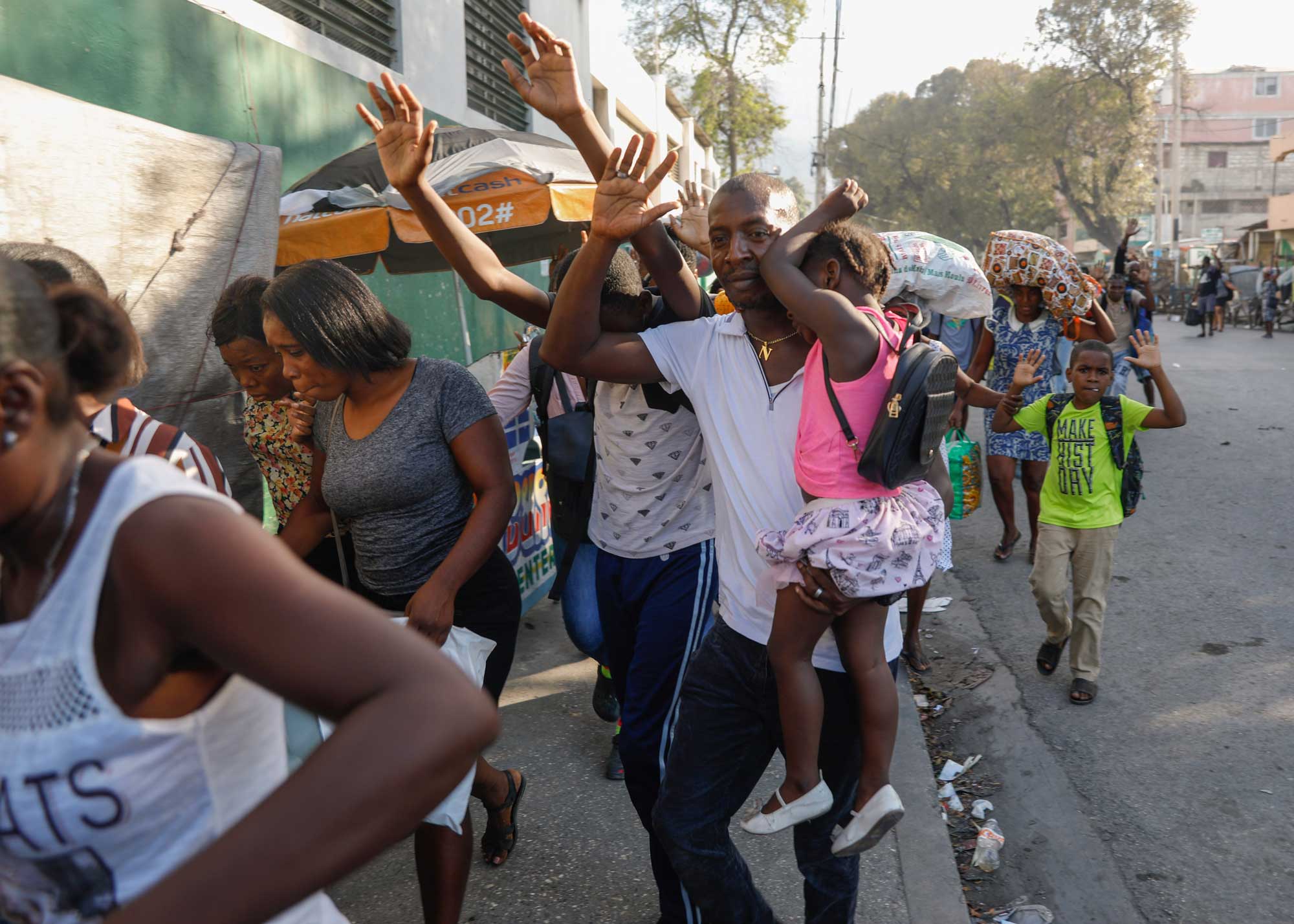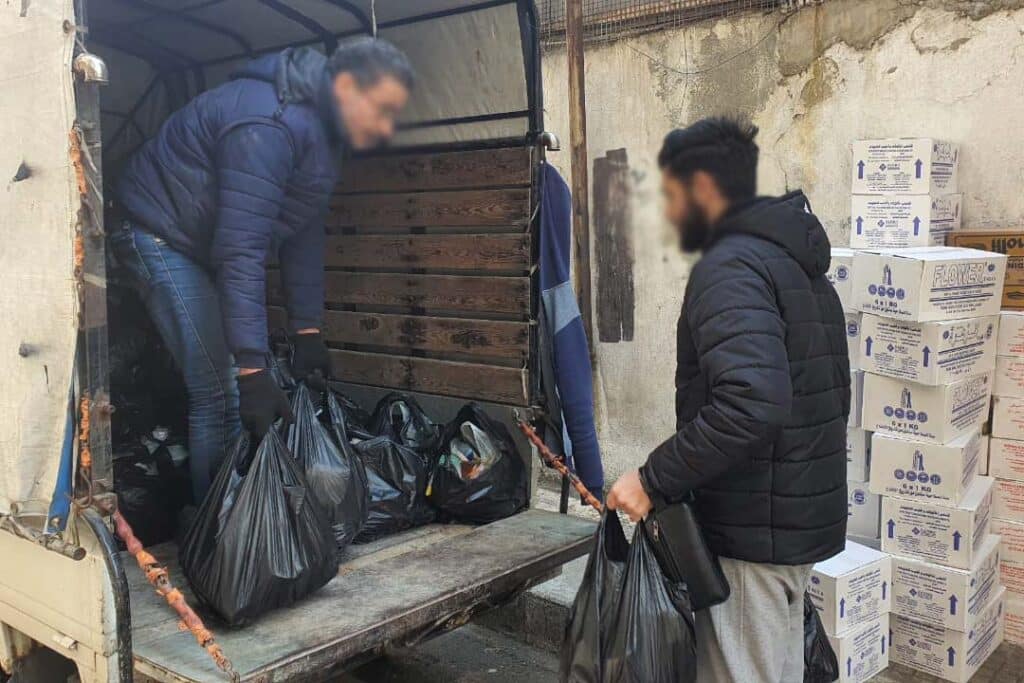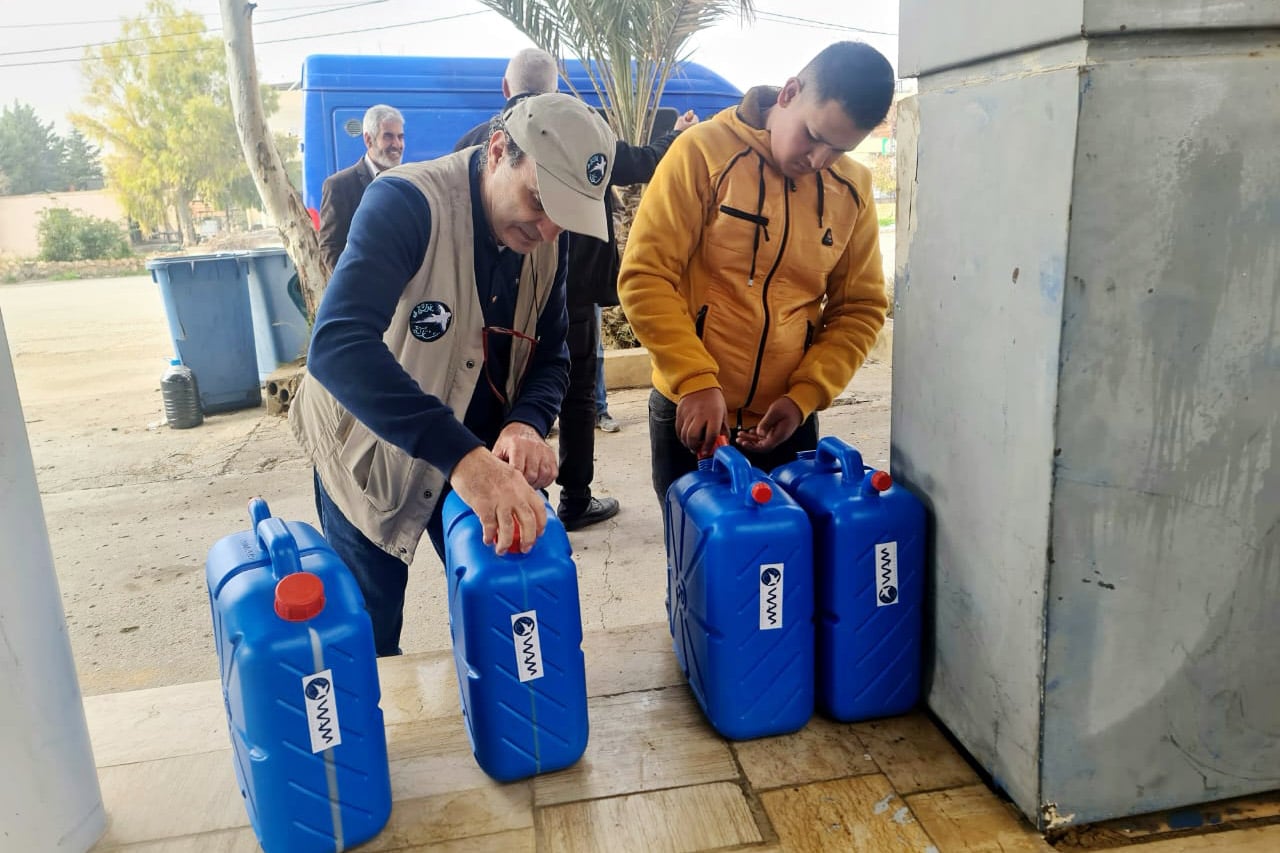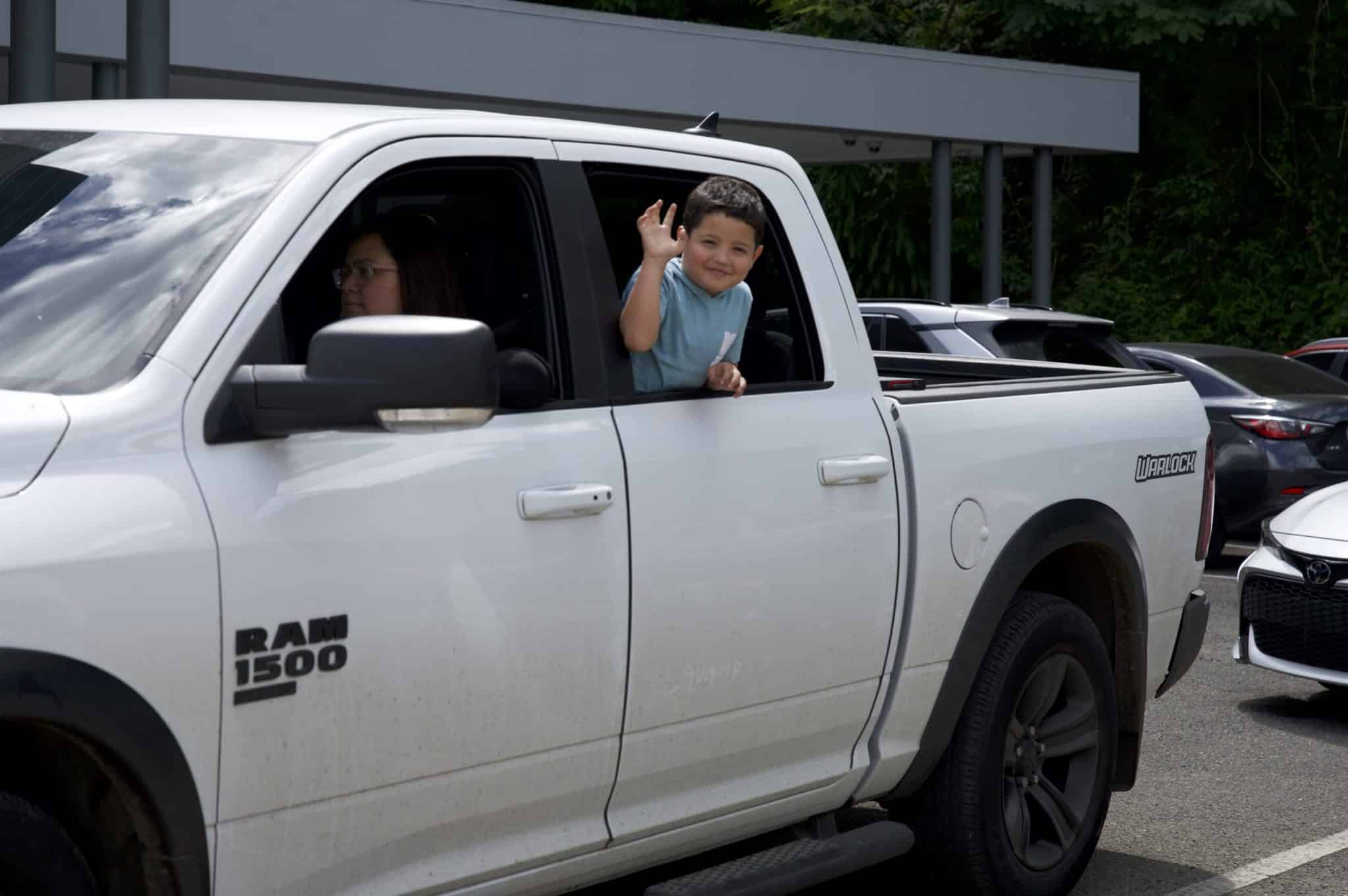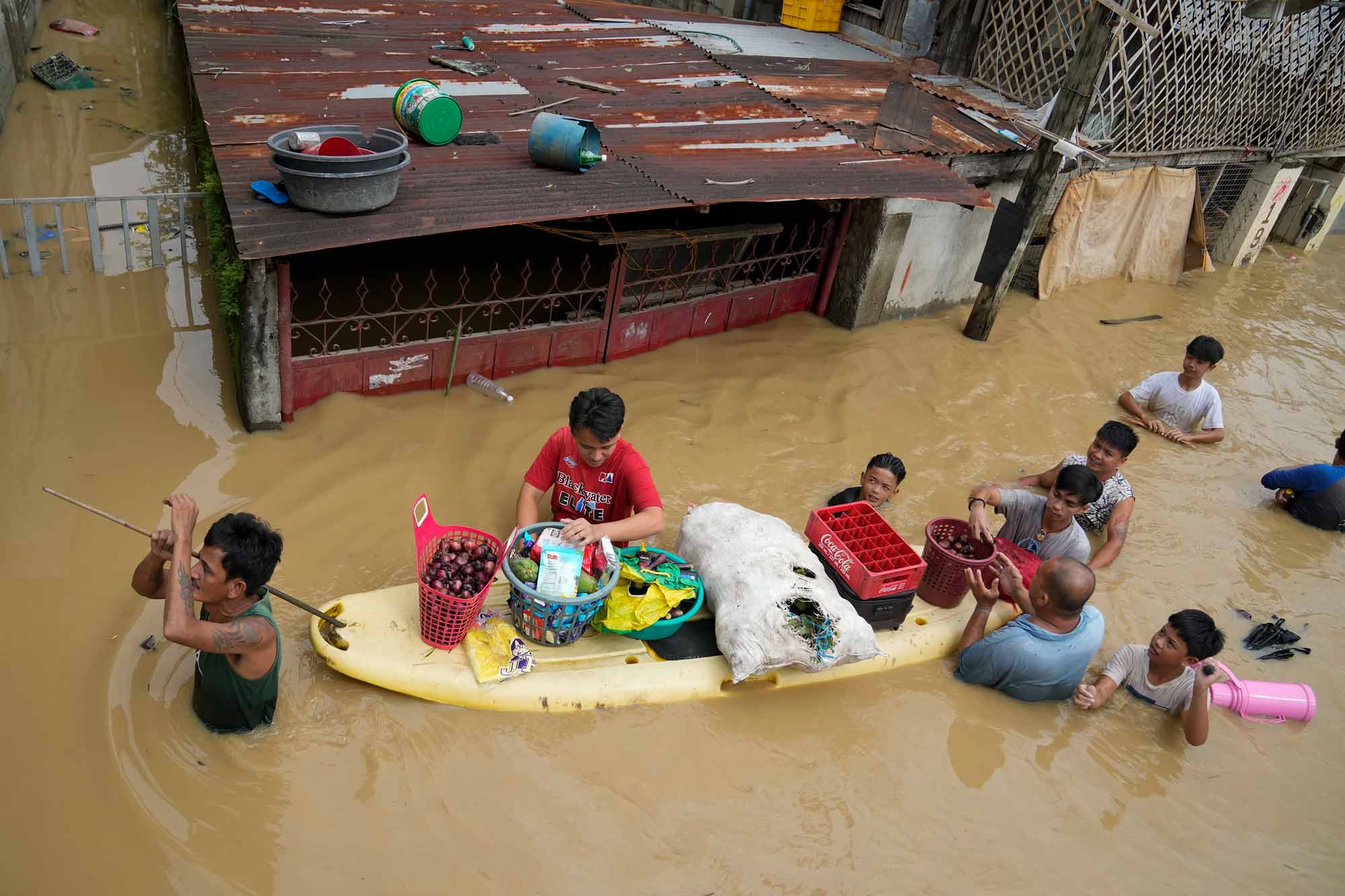
When it comes to having a disaster preparedness plan, it’s important to set up an effective form of communication with family members and add monitoring weather activity to your daily routine. To get started, you can visit Convoy’s Disaster Preparedness resource page and download the free Family Preparedness Guide.
Disasters can strike at any time and usually with little warning. Convoy of Hope has been responding to disasters and crises all year long, but many more are likely to surface this hurricane season. Whether it’s preparing for a wildfire, a hurricane, a tornado, or an extreme cold weather snap, having a plan in place is crucial.
Make a Plan
The National Hurricane Center is forecasting an above-average hurricane season this year, with 2022 being the third most-active season on record. Colorado State University, another entity that forecasts natural disaster events, is projecting 18 named storms.
Now is the time to plan for the most common types of natural disasters in your area. Research the kinds of disasters partial to your community and when they usually strike.
Megan Terry, a meteorologist with the National Weather Service, mentions a few ways to further prepare yourself and your family. “Sign up for those alerts on your mobile phone. If we send out a tornado warning, severe thunderstorm warning, or any weather warning, you will get that alert on your phone wherever you are inside that alert area, even if you are traveling.”

She mentions ready.gov as a great resource to use when building a disaster preparedness plan. She also recommends including children in each part of the planning process to solidify in their minds what to do before disaster strikes.
Convoy of Hope’s teams are poised and ready to respond, providing hope to people who don’t have access to the resources they need.

